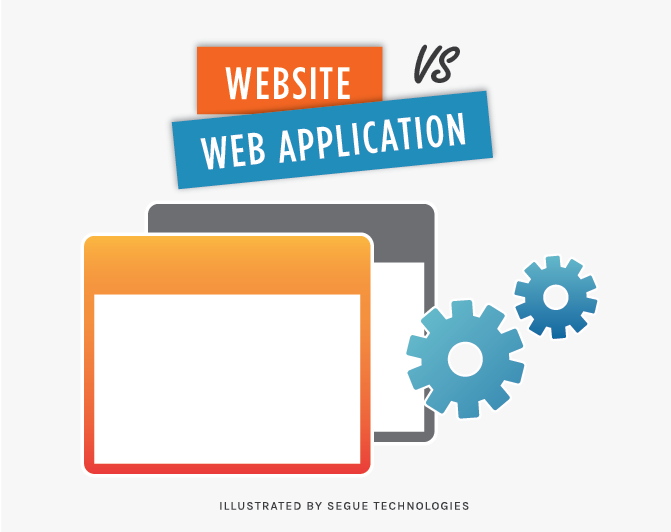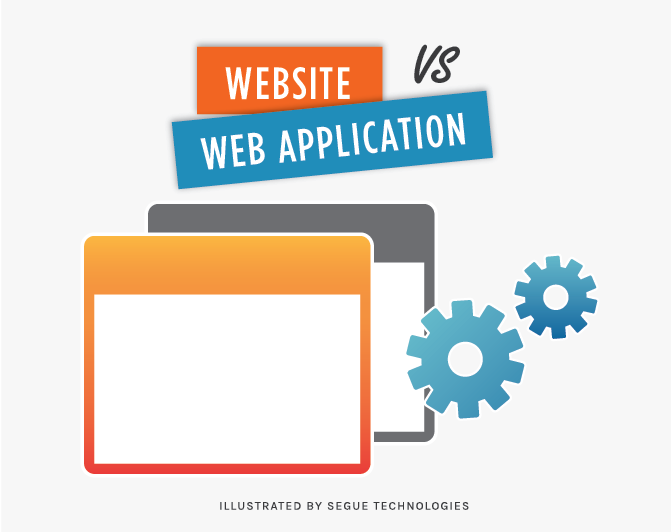
So what’s the difference between a website and a web application? Not a lot…or everything. It’s mostly a matter of perspective and semantics and is largely opinion based. Even if you wanted to ask Wikipedia (and who doesn’t?), you’d get definitions for a web application and a website that sound awfully similar.
Most people will use the term website for just about everything, and they’re not wrong. If what you’re talking about is something that exists out on the internet and you get there with your web browser, then it’s a website. However, if you ask someone in IT, you’re just as likely to hear them describe something like that as a web application. If you asked ten different IT professionals to explain the difference between the terms, you’re probably going to get ten different answers, but in the opinion of this IT professional, the difference boils down to this:
- A website is informational
- A web application is interactive
To illustrate the difference, let’s take the example of a restaurant’s web presence. If you visit the site for your local Chinese takeout joint and find nothing more than the hours of operation, a menu, directions from the nearest highway or a static map, and contact information listed then you’ve got yourself a website.

However, if you went out and visited a site like the one for P.F. Chang’s, you would find all the “static” information and then additional functionality. You can make a reservation, view a customized menu that includes prices at your local store, order your food online, or purchase a gift card. This sort of interactivity is specific to a web application and is what differentiates it from a website. Put simply, a web application is a web site that the user can control.
So it’s just that simple… or is it? Let’s take a quick quiz. For each of the following, is the example (a) a website, or (b) a web application:
1. An otherwise static restaurant site that has a Google Maps widget on it, allowing users to input their own address to get directions to the store.
2. A self-made website, built without any programming knowledge on the part of the creator, but that uses third party widgets to interact with users (a website created in WordPress, for example).
3. A completely static web page with zero user interaction, which is built dynamically from runtime compiled back end code, NOT simply static HTML.
4. Google: https://www.google.com/. One of the simplest, yet most powerful, web pages in the world.
5. A news magazine web page with no particular user interactivity, but that hides most of their content behind a pay wall requiring subscribers to log in to read it.
For each example above, a good case can be made that it could be described as either a website or a web application. The take away from this is that there really isn’t a big difference between what one person may call a website, and what another may call a web application. The lines are blurry, and any reasonable person may disagree, but in the end, as we all know, it’s not the semantics that matter, but rather the results for that company and the impact the site has on web visitors.


